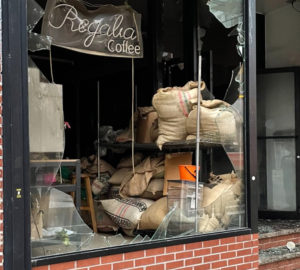Perennial US Barista Championship Finalist Sam Lewontin recently talked to TechInsider about global warming and how it may affect where some of the best coffee in the world is grown. Always thoughtful, Lewontin provides an interesting perspective to how rising temperatures could change the future of coffee.
Coffee is generally produced in what is known as the “Coffee Belt”, an imaginary plane stretching around globe between the Tropics of Cancer and Capricorn where the temperature is most suitable for growth. But as the article notes:
And as the temperatures climb, ideal coffee growing conditions may start to expand outside of the Coffee Belt.
And hotter temperatures bring on other challenges, like “roya”, or leaf rust, a devastating disease that thrives in hotter temperatures and can wipe out entire crops. The article mentions that many countries are taking steps to combat the issues that come with hotter temperatures, including experimenting with new coffee hybrids. It also posits that some parts of the world that have traditionally grown robusta—including Vietnam, India, and Uganda—may see a push towards growing arabica in the future.
The whole article can be found here and definitely worth a read.
Zac Cadwalader is the news editor at Sprudge Media Network.
*top image via World Resources Institute


































